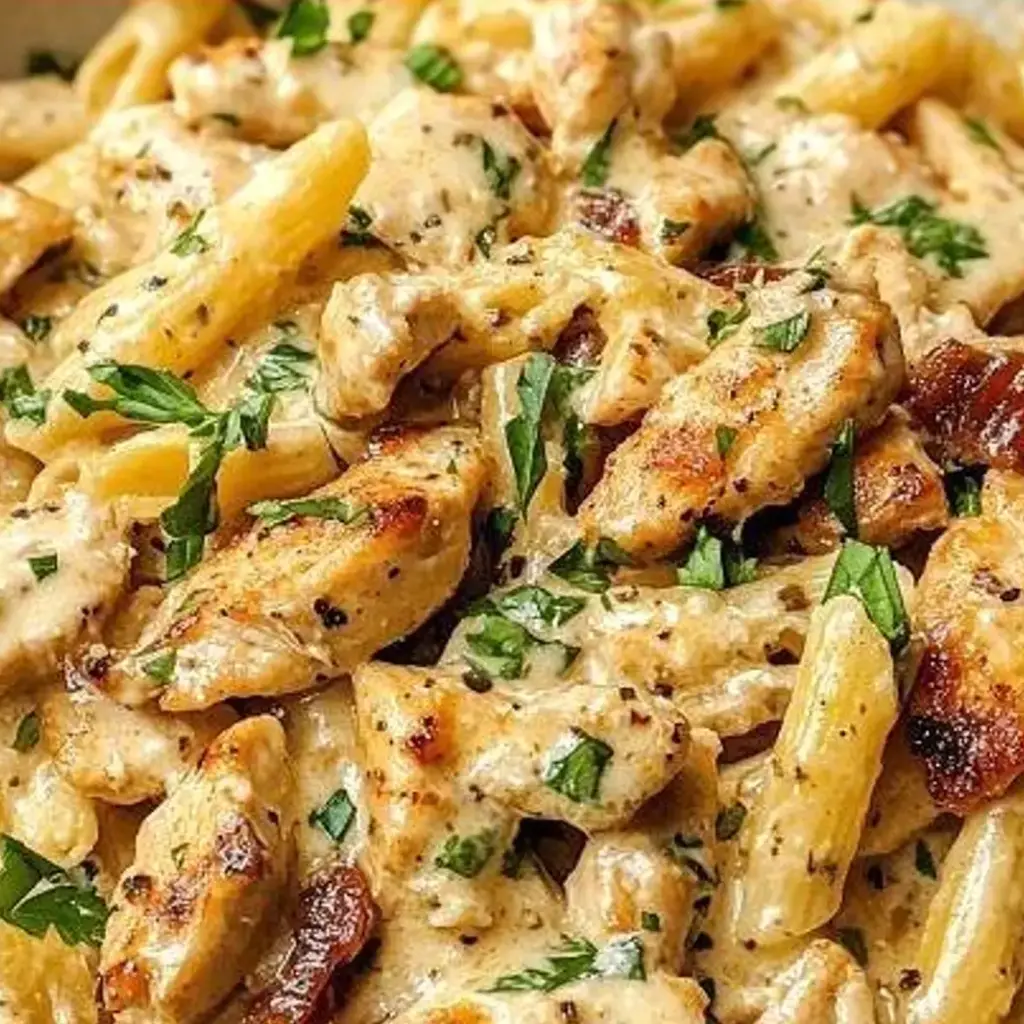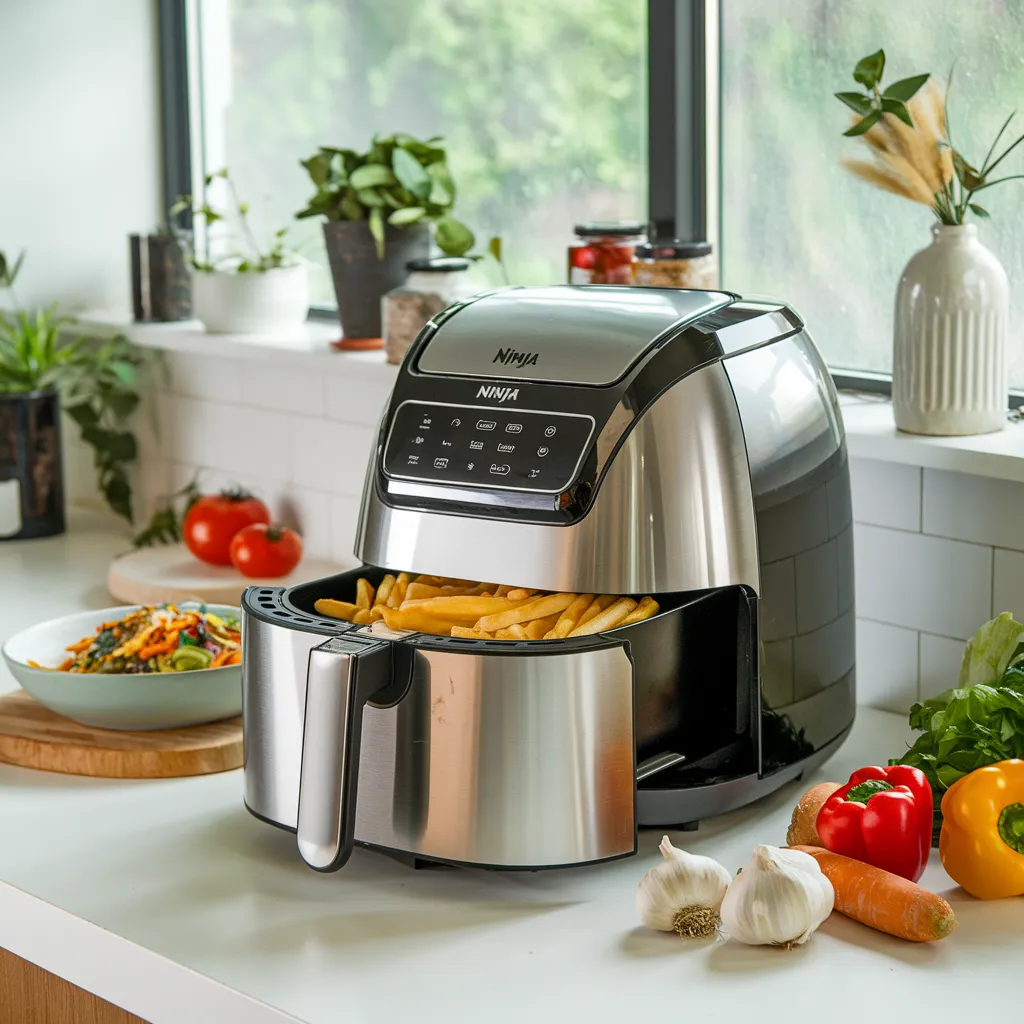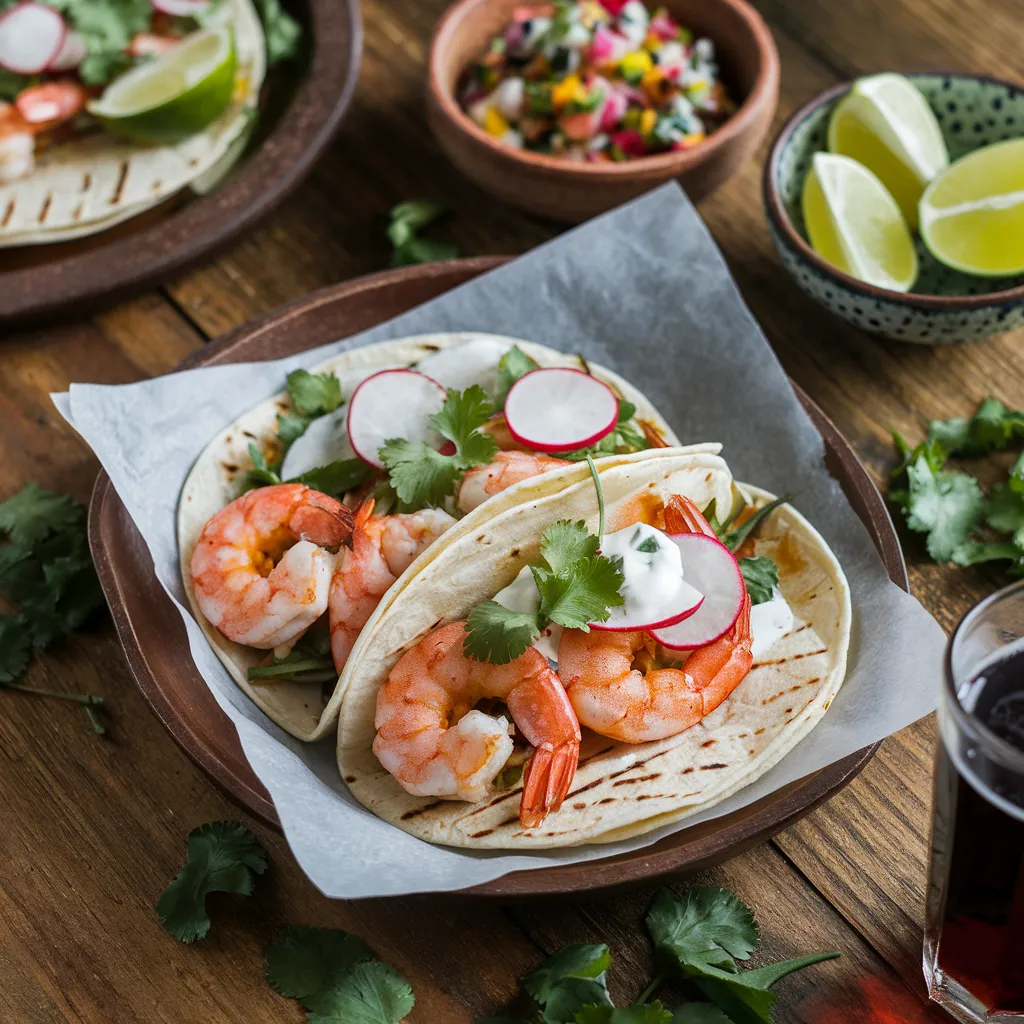Introduction
Frustrated by soggy cobblers with undercooked dough or burned toppings? You’re not alone. Many home bakers struggle to achieve that perfect balance between juicy fruit and golden, crispy topping that makes a truly exceptional Cobbler aux pêches.
This French-inspired peach cobbler delivers the perfect harmony of sweet, juicy peaches nestled beneath a buttery, golden crust that’s crisp on top and tender underneath. Each spoonful offers the ideal ratio of fruit to pastry, with warm spices complementing—never overwhelming—the star ingredient: ripe, fragrant peaches.

As a pastry chef who trained in both French and American baking traditions over the past 15 years, I’ve refined this Cobbler aux pêches recipe through hundreds of trials. I’ve taught this foolproof method in cooking classes across the country, helping even novice bakers achieve professional results.
In this comprehensive guide, you’ll discover how to select perfect peaches, prepare a foolproof batter, master the ideal baking temperature, and serve your cobbler for maximum impact. I’ll also share troubleshooting tips, flavor variations, and answers to common questions to ensure your success.
Why This Cobbler aux pêches Recipe Works
- Uses peak-season peaches for maximum natural sweetness and juiciness
- Requires just 15 minutes of hands-on preparation time
- Creates the perfect balance between fruit and buttery topping
- Works with fresh, frozen, or even canned peaches with simple adjustments
- Scales easily from intimate family desserts to large gatherings
- Relies on pantry staples you likely already have on hand
Choosing the Right Peaches
Best Peaches for Cobbler aux pêches
The foundation of an exceptional Cobbler aux pêches is, of course, the peaches. Freestone peaches (varieties where the pit separates easily from the flesh) are ideal for baking. Yellow-fleshed varieties like Elberta, Red Haven, or Cresthaven offer the perfect balance of sweetness and acidity that stands up to cooking.
White peaches can be used but tend to be more delicate in both texture and flavor. They work best when combined with some yellow peaches for depth. Donut (or Saturn) peaches work wonderfully due to their intense sweetness, though you’ll need more of them given their smaller size.
Buying Tips
Select peaches that yield slightly to gentle pressure but aren’t mushy. They should have a pronounced sweet fragrance at room temperature—if they don’t smell peachy, they won’t taste peachy. Look for fruit with vibrant color and avoid any with greenish shoulders, as these areas won’t ripen properly.
For optimal results, buy peaches 2-3 days before making your cobbler and let them ripen at room temperature. Once ripe, they can be refrigerated for up to 2 days to slow further ripening.
Substitutions
If fresh peaches aren’t available or are out of season:
- Frozen peaches: Thaw completely, drain excess liquid (reserve for another use), and add an extra tablespoon of cornstarch to the fruit mixture.
- Canned peaches: Choose peaches in juice rather than heavy syrup. Drain thoroughly and reduce added sugar by half.
- Mixed stone fruits: For variety, substitute up to half the peaches with nectarines, plums, or apricots.
- Other fruits entirely: While this changes the classic Cobbler aux pêches, the technique works beautifully with berries, apples, or pears with minor adjustments to spices and thickeners.
Ingredients & Prep
Peach Preparation Essentials
For the Filling:
- 8 large ripe peaches (about 3 pounds)
- ¾ cup granulated sugar (adjust based on peach sweetness)
- 2 tablespoons cornstarch
- 1 tablespoon lemon juice
- 1 teaspoon vanilla extract
- ½ teaspoon ground cinnamon
- ¼ teaspoon ground nutmeg
- Pinch of salt
Peeling technique: Score an X at the bottom of each peach, blanch in boiling water for 30 seconds, then immediately plunge into ice water. The skins should slip off easily. For less ripe peaches, use a vegetable peeler.
After peeling, slice peaches into ½-inch wedges. If your peaches are particularly juicy, place slices in a colander over a bowl for 15 minutes to drain excess juice. This prevents a soggy cobbler.
The Perfect Batter
For the Topping:
- 1 cup all-purpose flour
- ½ cup granulated sugar
- 1 teaspoon baking powder
- ½ teaspoon salt
- ¾ cup cold buttermilk
- 6 tablespoons unsalted butter, melted
- 1 teaspoon vanilla extract
- Optional: 1 tablespoon turbinado sugar for sprinkling
The secret to a perfect cobbler topping is cold buttermilk contrasting with melted butter, creating pockets of steam during baking that result in a light, tender crumb. The slight tanginess of buttermilk also balances the sweet peaches beautifully.

Pantry Staples & Equipment
Beyond the ingredients listed above, you’ll need:
- 9×13-inch baking dish (preferably ceramic or glass)
- Mixing bowls (separate ones for fruit and batter)
- Whisk and rubber spatula
- Measuring cups and spoons
- Parchment paper (optional, for easier cleanup)
Step-by-Step Cooking Instructions
Step 1: Prepare the Peaches
- Preheat oven to 375°F (190°C) and position rack in the middle.
- Peel peaches using the blanching method described above or a vegetable peeler.
- Slice peaches into ½-inch wedges, discarding pits.
- In a large bowl, gently toss peach slices with sugar, cornstarch, lemon juice, vanilla, cinnamon, nutmeg, and salt until evenly coated.
- Transfer peach mixture to your baking dish, spreading into an even layer.
Chef’s Note: If your peaches are very ripe and juicy, let them sit with sugar and cornstarch for 15 minutes, then drain off excess juice before adding to the baking dish. Cobbler aux pêches
Step 2: Create the Perfect Batter
- In a medium bowl, whisk together flour, sugar, baking powder, and salt.
- In a separate small bowl, combine cold buttermilk, melted butter, and vanilla.
- Pour wet ingredients into dry ingredients, stirring just until combined. The batter should be thick but pourable, similar to pancake batter.
- Let batter rest for 5 minutes while you prepare the peaches. This allows the gluten to relax and the baking powder to activate. Cobbler aux pêches
Troubleshooting Tip: If batter seems too thick, add additional buttermilk 1 tablespoon at a time. If too thin, add 1 tablespoon flour.
Step 3: Assemble and Bake
- Pour or spoon the batter evenly over the peach filling. Don’t worry about covering every spot—the batter will spread during baking.
- Sprinkle the top with turbinado sugar if using (this adds a delightful crunch).
- Place the baking dish on a sheet pan to catch any potential overflow.
- Bake for 40-45 minutes, or until the topping is golden brown and a toothpick inserted into the center of the topping comes out clean.
- If the top browns too quickly, cover loosely with aluminum foil for the remainder of baking time.
Step 4: Check for Doneness
The cobbler is done when:
- The topping is golden brown
- The filling is bubbling around the edges
- A toothpick inserted into the topping comes out clean
- The internal temperature of the filling reaches at least 175°F (if you have a thermometer)
Visual Cues: Look for bubbling that’s slow and thick rather than rapid and watery, indicating the filling has properly thickened.
Step 5: Cool and Serve
- Remove from oven and place on a wire rack.
- Allow to cool for at least 20-30 minutes before serving. This cooling period is crucial as it allows the filling to set and thickens the juices.
- Serve warm (not hot) with a scoop of vanilla ice cream or lightly sweetened whipped cream.
Perfect Temperature: The ideal serving temperature is warm, not hot. At about 145°F, the flavors are more pronounced, and the textures are perfect.
Pro Tips for Perfect Cobbler aux pêches
Avoiding Common Pitfalls
Soggy Bottom Prevention: For extra insurance against sogginess, especially with very juicy peaches, sprinkle 1-2 tablespoons of dry cake crumbs or crushed amaretti cookies on the bottom of the dish before adding the fruit.
Uneven Cooking: Rotate the baking dish halfway through cooking time to ensure even browning. If your oven has hot spots, this is particularly important.
Overflow Issues: Always place your baking dish on a sheet pan lined with parchment to catch any bubbling juices that might overflow.
Tool Recommendations
Best Baking Dish: A 9×13-inch ceramic baking dish provides the most even heating. Glass works well too. Avoid dark metal pans, which can cause the bottom to burn before the center is cooked. Cobbler aux pêches
Essential Tools:
- Kitchen scale for precise measurements
- Digital thermometer to check doneness
- Silicone pastry brush for egg wash application
- Flat-edged wooden spoon for scraping bottom of pans when cooking fruit mixtures
Storage & Reheating
Refrigeration: Cobbler can be refrigerated, covered with plastic wrap, for up to 3 days.
Freezing: While you can freeze baked cobbler for up to 1 month, the texture of the topping suffers somewhat. Better to freeze the unbaked cobbler without the topping, then thaw overnight in the refrigerator and add freshly made topping before baking.
Reheating: The best method is to cover with foil and warm in a 300°F oven for 15-20 minutes. Microwaving is convenient but results in a softer topping. Cobbler aux pêches
Flavor Variations
Spiced Variation
Transform your Cobbler aux pêches with warming spices:
- Add 1 teaspoon ground ginger and ¼ teaspoon ground cardamom to the fruit
- Include 2 tablespoons finely chopped crystallized ginger
- Finish with a sprinkle of cinnamon-sugar mix just before serving
Healthier Alternative
For a lighter version:
- Reduce sugar in the filling to ½ cup
- Use whole wheat pastry flour for half the all-purpose flour
- Substitute 3 tablespoons of the butter with unsweetened applesauce
- Add 2 tablespoons of ground flaxseed to the batter for added nutrition
Global Flavors
French Almond Twist: Add ¼ teaspoon almond extract to the batter and sprinkle ¼ cup sliced almonds over the top before baking.
Italian-Inspired: Add 2 tablespoons of Amaretto liqueur to the peach filling and use part almond flour in the topping.
Southern Comfort: Add 2 tablespoons bourbon to the peach mixture and serve with bourbon-spiked whipped cream.
Serving Suggestions
Classic Accompaniments:
- Vanilla ice cream (the absolute classic pairing)
- Lightly sweetened whipped cream with a touch of Cognac
- Crème fraîche for a tangy contrast
- Warm custard sauce (crème anglaise)
For Breakfast or Brunch: Serve leftover cobbler at room temperature with Greek yogurt and a drizzle of honey.
Beverage Pairings:
- Sweet dessert wines like Sauternes or Muscat
- Sparkling wines, especially demi-sec Champagne or Prosecco
- Earl Grey or orange pekoe tea
- Coffee with cream
Here is an article on : Bananes Foster
FAQs
Can I make Cobbler aux pêches with unpeeled peaches?
Yes, but the texture will be different. If using unpeeled peaches, choose freestone varieties with thin skins and be sure they’re very ripe. The peels add a rustic quality and additional color, though some diners may find them distracting.
Why is my cobbler too soupy?
Several factors can cause excessive juiciness:
- Extremely ripe peaches with high water content
- Not enough thickener (cornstarch or flour)
- Insufficient baking time
- Not allowing the cobbler to cool adequately before serving
Solution: Increase cornstarch to 3 tablespoons for very juicy peaches, ensure adequate baking time until bubbling is thick, and allow at least 30 minutes cooling time. Cobbler aux pêches
Can I prepare Cobbler aux pêches in advance?
Yes, with these methods:
- Prepare filling and store separately from unbaked topping mixture (dry ingredients and wet ingredients kept separate) for up to 24 hours.
- Assemble entire cobbler up to 2 hours before baking, keeping refrigerated.
- Bake cobbler up to 8 hours ahead and reheat when ready to serve.
What’s the difference between cobbler, crisp, and crumble?
Cobbler features a biscuit-like or cake-like topping over fruit. Crisp has a topping of butter, sugar, flour, and often oats and nuts. Crumble is similar to crisp but typically without oats. The Cobbler aux pêches specifically refers to the French-influenced version with a lighter, more delicate topping than American cobblers. Cobbler aux pêches
Is Cobbler aux pêches authentically French?
Not exactly. While incorporating French techniques and sensibilities, cobbler is primarily an American dish. The “aux pêches” (with peaches) designation gives it a French flair, and our version uses French-inspired elements like careful fruit preparation and balanced spicing.
Conclusion
Armed with these five simple steps and professional insights, you’re now ready to create a Cobbler aux pêches that rivals any bakery version. This versatile dessert transitions effortlessly from casual family dinners to elegant entertaining, adapting to seasonal fruit availability and personal taste preferences. Cobbler aux pêches
Heat up your oven and put your newfound knowledge to work—your perfect peach cobbler awaits! Join thousands of home bakers who’ve mastered this technique and made Cobbler aux pêches their signature dessert. Cobbler aux pêches














Recent Comments